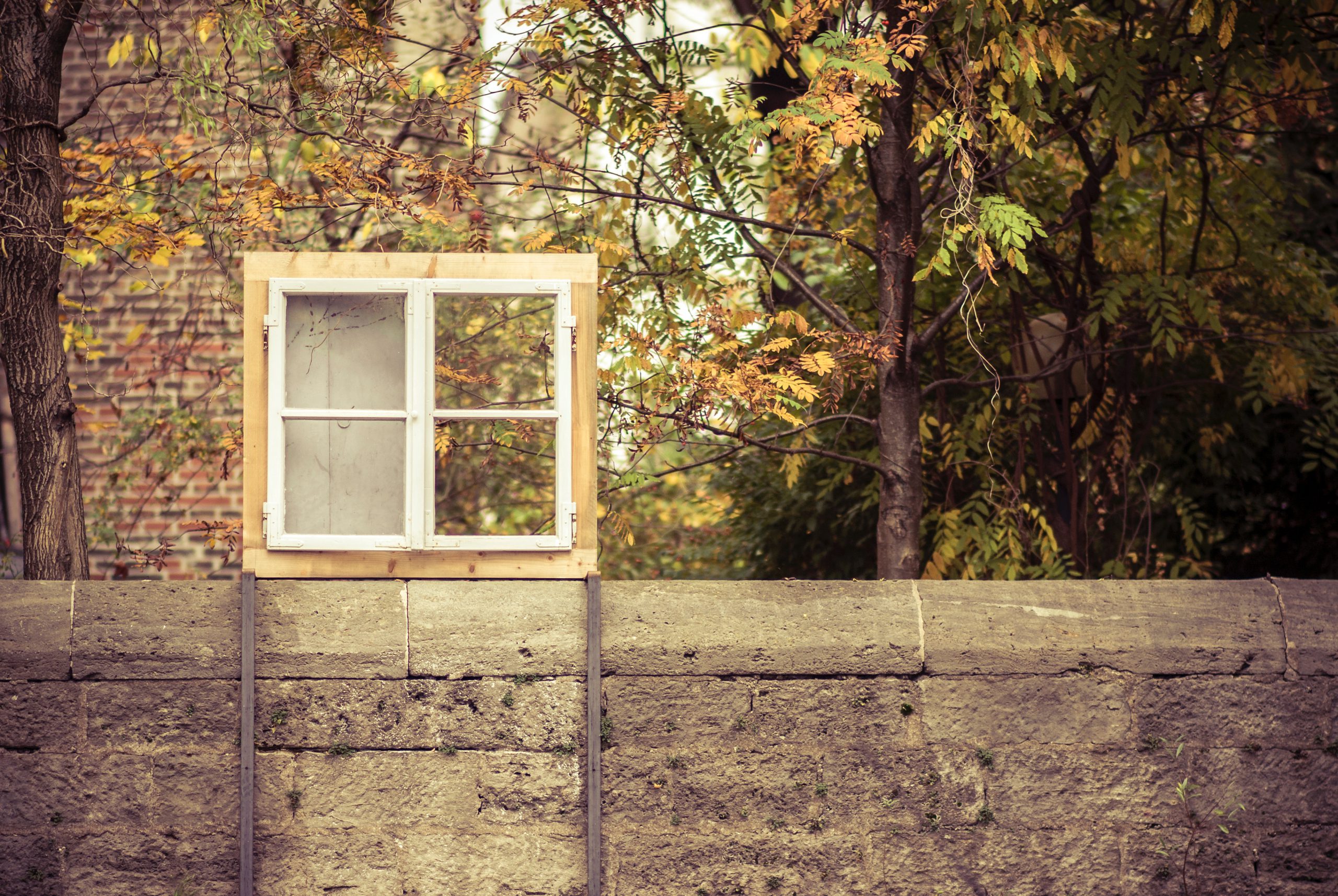
Four times a year, the Oxford English Dictionary updates its entries, adding hundreds of words each year. Long the gold standard of the dictionary world, the OED has to update quarterly because of the massive influx of words created today. Words or phrases that, twenty years ago, would be nonsense are now part of every day language, even used in newspapers and on the nightly news. This past December 2016, words such as Brexit, fulled, hakbut of crochet, Fulfulde (n. and adj.), glam-ma, YouTuber, and upstander were added to the list. And, no, I don’t know what all of those mean.
Every so often, in the Christian subculture, there are new words and phrases that catch on and become buzzwords. You might remember when words like missional, emergent, emerging, church planting, and others first began to be circulated. Often due to influential books, authors, or preachers, these words help put a point on something that needs to be expressed in the current moment.
In the last few years the phrase “church revitalization” has been flowing fast and free. I, myself, am getting a Master of Arts degree in Church Revitalization from Midwestern Baptist Theological Seminary, a degree that didn’t exist a few years ago. Many state Baptist conventions have departments focused on church revitalization, there are national conferences for it, and more than a few books have been written about it. All this for a word that was hardly used at all a few years ago.
“Church Revitalization” is a helpful phrase that illustrates what needs to be done within what many call “legacy” churches. A new church plant is not needed; instead, there is a need for revitalizing – literally to “imbue something with new life and vitality” – churches that have long been stagnant or declining. Much of what this brings to mind is updating church structures, changing harmful or unwieldy polity, and modernizing the worship service. If you walked into a county seat First Baptist Church in a small town in the south, you might think you need to update the sanctuary, do away with committees that don’t work, and introduce modern music and other elements into the worship service. You could do all of these things, however, and be left with the same people and an unrevitalized church.
We often say that the church is the people, not a building. This is backed up by scripture of course. But if the church is the people, then there is only one true way to revitalize a church: revitalize the people. This is much more difficult work of course. It’s easy to paint walls, to change bylaws, or teach people a new song. Those things are easy to change in comparison to changing a person's heart. But heart change in and amongst the people is the only true and lasting way to change a church.
The way a person's heart changes is through the Holy Sprit. The method that God has ordained for us to do this is through discipleship. My experience is that most churches that are need of revitalization are full of people who need to be discipled, and who have probably never been truly discipled. They might have been in church for 40, 50, or 60 years, they might be deacons or committee chairs or Sunday School teachers.
Please hear me. This is not an indictment of these people as much as it is an indictment of the system that let this happen.
These people are often the pillars of the church, who have upheld it for generations. They might be good people, who sincerely love God, but they have never been shown what it means to follow Christ for a lifetime. A flurry of activity at conversion is not a substitute for a lifetime of discipleship. You can change the building or the service all you want, but if you don’t begin to change the people that make up the core of the church, then what you have done will not last.
Of course, it’s a lot harder to change people than to change the curtains in the sanctuary (and you know how hard it is to do that). The primary goal of revitalization, then, must be to disciple people. Discipleship is a long, slow process, one that we cannot complete ourselves. We plant and we water, but God gives the increase (1 Cor 3:6). I don’t mean to say that we should ignore the buildings, or the committees, or the way we worship. Those are important changes that often must be made to bring a church into the 21st century. But the most important changes you will be a part of are the changes that occur in a person’s heart.
Aim for people's hearts, pray for them, pray for new awareness of the majesty of the glory of God. Ask God for change that only He can bring. When it comes to revitalization, don’t settle for the easy and temporal over what is difficult but lasting. Ask God to revitalize his church, his people, the bride of Christ. Start with their hearts, and move out from there.

